You can contact LEARNZ, part of CORE Education, at:
Postal Address:
PO Box 13 678,
Christchurch 8141,
New Zealand
Voyaging Polynesians explored and named Te Pēwhairangi. In 1769 British explorer Captain James Cook wrote “I have named it the Bay of Islands“.
In 1769, Captain Cook and his crew on board the Endeavour, sailed into the Northland area of coves near Kerikeri, Te Mangōnui and Paihia. Captain Cook later named it the Bay of Islands, and later still, this name was transliterated as Te Pēwhairangi. They anchored just off Motuarohia Island, in a bay that is now known as Captain Cook’s Cove. There was a skirmish between the 200-300 Māori on the island and Captain Cook’s crew, which ended in gunfire.
Following this encounter, Captain Cook and his crew found hospitality with the local people and were able to stock up on food and water. Captain Cook had a Tahitian on board the Endeavour named Tupaia. He could understand and speak with the Māori. This would have helped Captain Cook’s dealings with local Māori immensely.
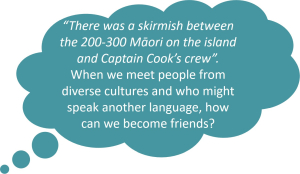
In 1772 the French navigator Marion du Fresne arrived in the Bay of Islands. After a series of skirmishes with Māori, he was killed with 24 of his crew. In revenge the French destroyed three Māori villages and killed around 250 people.
The next encounter was more peaceful. In December 1814 Anglican missionary Samuel Marsden arrived from New South Wales. He preached the first Christian sermon on Christmas Day. The next year he started a mission station at Rangihoua Bay. Others were set up at Kerikeri (1819) and Paihia (1823).
Whalers were active in Te Pēwhairangi/Bay of Islands from the 1820s to the 1880s. This brought new trading opportunities for Māori. Many whalers visited or were based at Kororāreka/Russell.
In this early stage of contact, Europeans in New Zealand depended on Māori for their physical and economic well-being.
Contact with Europeans was increasing, but still rare. By the early 1830s there were only a couple of hundred European residents in New Zealand, and around 100,000 Māori. An important feature of early cross-cultural contact in New Zealand was the role of intermediaries (kaiwhakarite). These people acted as go-betweens – people from one culture who lived within the other culture and helped bridge the gap between the two.
Relationships in these early years of contact allowed Māori to explore new areas of trade. The Māori economy that emerged was evidence of this. Iwi produced large amounts of food, including wheat and potatoes, to support the new European towns that started developing.
On 6 February 1840, representatives of the British Crown and 46 Māori rangatira (chiefs) signed a treaty. Over the next seven months, nine copies of the Treaty travelled around the country. Over 500 Māori signed the Treaty documents.
In summary the Treaty has three written ‘Articles’, sometimes referred to as principles:
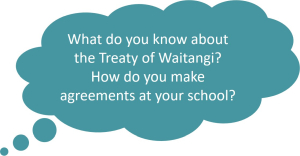
Aotearoa New Zealand has a comparatively recent history of settlement. Polynesian and European voyaging traditions have helped shape our modern identity and place in the world. Captain Cook’s visits were the beginning of sustained contact, trade and cultural exchange between Māori, Europeans and others. As a result, New Zealand has long been a nation connected to the wider world.
Captain Cook’s arrival also opened the door for Britain’s colonisation of New Zealand. Within a century of his first visit, European settlers outnumbered Māori and large parts of the country had experienced war and suffering. Māori sovereignty, economic strength and cultural vitality were undermined as a result.
How can we use Tuia 250 Encounters commemoration to consider these more complex, longer-term issues associated with contact?
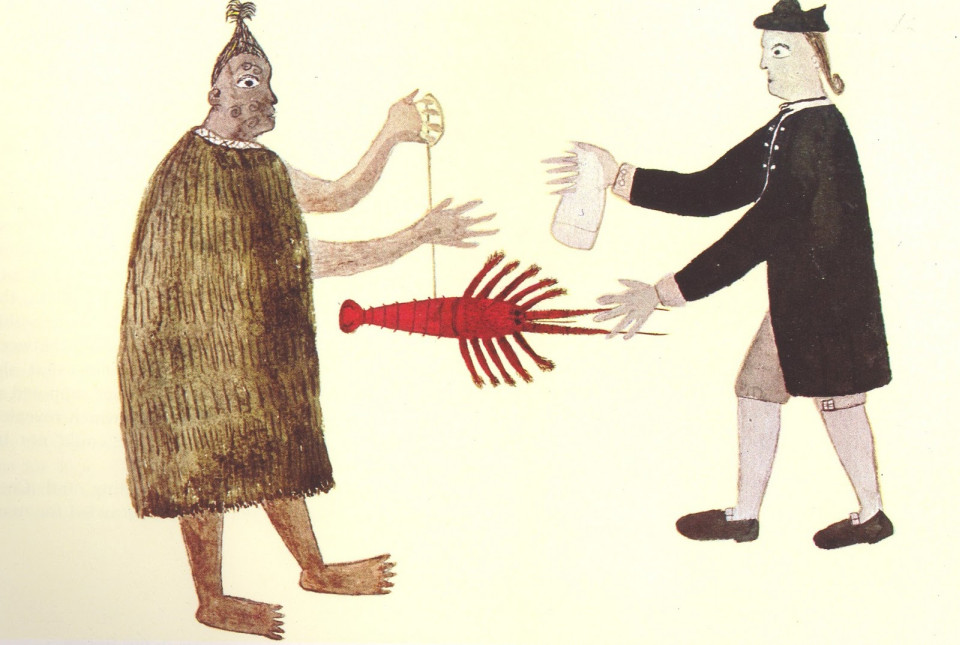
Joseph Banks is holding a piece of tapa cloth, bartering with a Māori man for a crayfish c 1769. Tupaia, the Tahitian navigator and priest who accompanied Captain Cook, painted this picture. I wonder why Tupaia made this picture. What kind of encounter is this? Image: Public Domain.
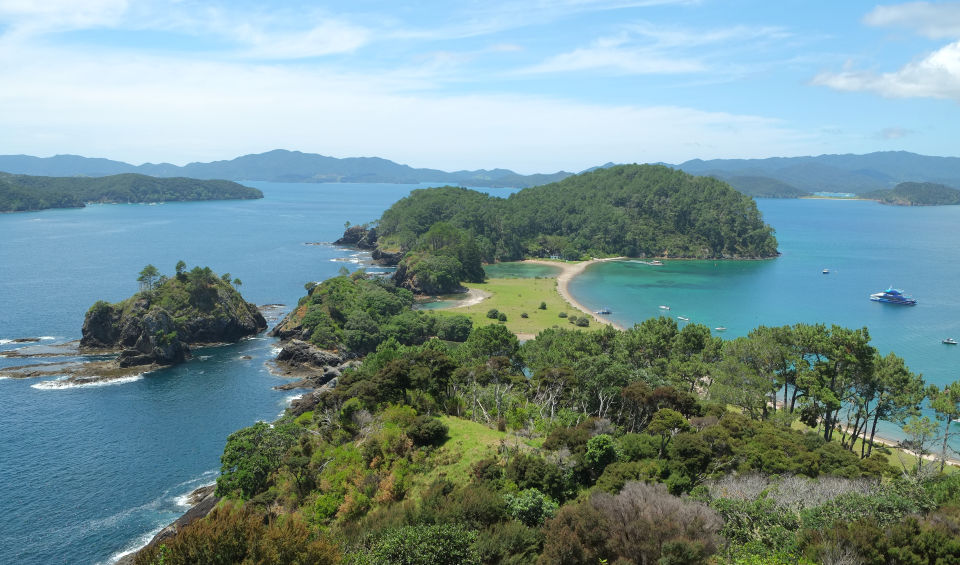
Captain Cook and his crew on board the Endeavour anchored near Motuarohia in the Bay of Islands. Image: Creative Commons.
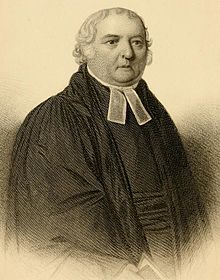
Samuel Marsden was the first missionary in Aotearoa. He started a mission station at Rangihoua Bay in the Bay of Islands. Image: Creative Commons.
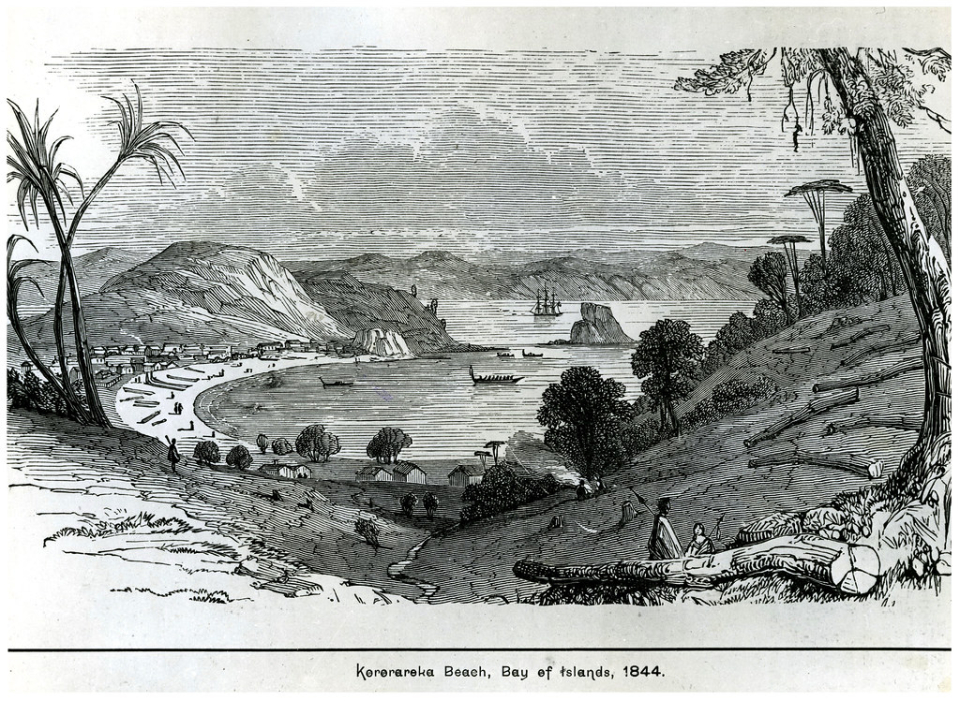
Kororāreka/Russell in the Bay of Islands became a base for European traders, whalers, and missionaries in the early 1800s. Image: Creative Commons.
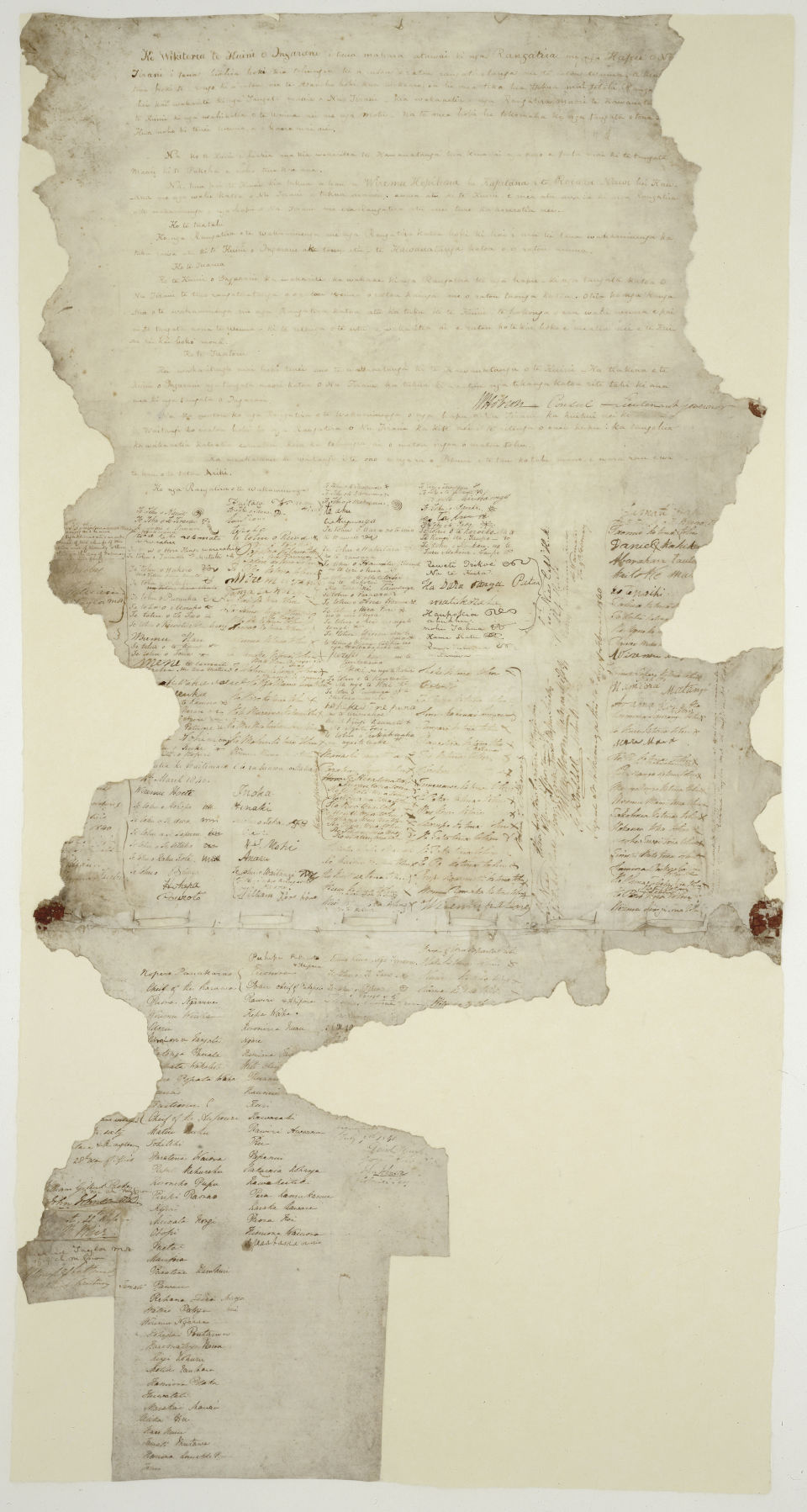
On 6 February 1840, representatives of the British Crown and 46 Māori rangatira (chiefs) signed a treaty. This is known as the treaty of Waitangi. Image: Creative Commons.